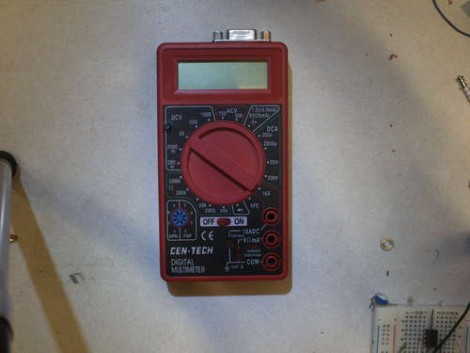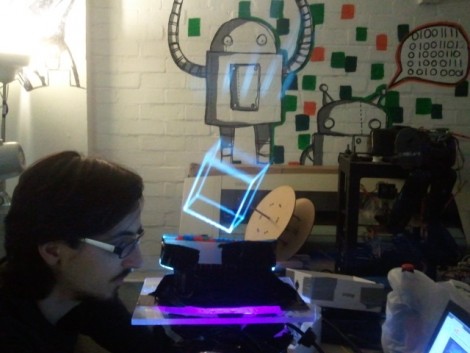
The folks at Dexter Industries have just wrapped up a week of Lego NXT projects, most of which centered on the use of their NXT WiFi sensor. Developed over the last few months, the group has been hard at work refining their design and getting some of the kinks worked out, so now you too can control your NXT creations sans wires.
The demonstrations have covered various topics throughout the week, starting out with a short tutorial on how to use a computer to communicate with the NXT device using the TCP protocol. After taking a look at WiFi power-saving capabilities, they touched on pinging other networked machines as well as querying DNS records from an NXT device. An NXT-based webserver was the next project on the list, as was remote robot control over the Internet. Finally, they wrapped the week up by configuring their Lego robot to send a tweet.
If getting your NXT creations on the move with full-fledged network access is something that sounds interesting, be sure to check out their site for downloads, a WiFi manual, and more.
















